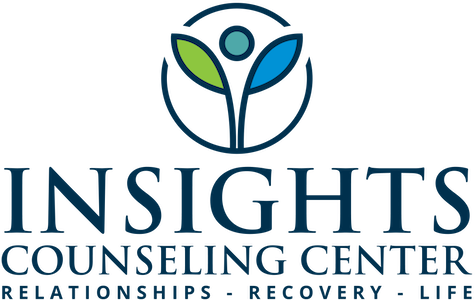When the Family System Has No Edges: Boundaries in Enmeshed or Chaotic Homes
Some families operate with too few boundaries.
Others with too many.
And many shift between the two—leaving everyone unsure of where they stand.
In both enmeshed and chaotic homes, the message is the same:
“You don’t get to have your own edges.”
That might look like:
Emotional over-involvement
A lack of privacy or space
Expectations to take on adult roles
Frequent emotional outbursts or shifting alliances
Unclear consequences or unstable caregiving
In these systems, love may be present—but clarity is not.
And without boundaries, the family becomes a place of reaction—not regulation.
What Boundary Confusion Looks Like at Home
You might come from or currently live in a family where:
Children are expected to meet parents’ emotional needs
“Good” behavior is rewarded with closeness, while emotions are punished
Rules change without warning
Affection and discipline are inconsistent
Family members are overly involved in one another’s choices, reactions, or relationships
In enmeshed families, there’s no space to breathe.
In chaotic families, there’s no structure to rest in.
Both leave children and adults alike without a clear sense of self—or safety.
Why Boundaries Are So Hard to Set in These Systems
If you grew up without boundaries, setting one can feel threatening. You might believe:
“If I say no, I’ll hurt them.”
“If I pull back, I’ll be abandoned.”
“If I name what I need, I’m being selfish.”
“This is just how families work.”
But the truth is: boundaries don’t break families—they stabilize them.
They teach each member: “You’re allowed to exist, feel, and choose. And so is everyone else.”
“Without boundaries,
we stay close by losing ourselves.
With them,
we stay close by becoming whole.”
What Family Boundaries Can Sound Like
In healthier family systems, boundaries might sound like:
“You’re upset, and I’m here—but I won’t let you yell at me.”
“You’re responsible for your emotions, even when I care deeply.”
“I’m your parent, not your therapist.”
“I want to stay close, and I also need space to reset.”
“I love you. And I won’t allow disrespect in this conversation.”
These are not cold statements. They are acts of care wrapped in structure.
How Family Therapy Helps
Boundary work in family therapy often includes:
Defining roles and responsibilities clearly
Helping parents provide leadership without over-control
Supporting kids in expressing needs without fear
Teaching emotional regulation alongside limits
Repairing patterns of over-functioning, caretaking, or collapse
Therapy gives families a place to learn:
What is mine to hold? What is not? Where do I end and you begin—and how do we stay connected from there?
Closeness That Doesn’t Collapse
Families without clear boundaries may stay physically close, but emotionally entangled or exhausted.
True closeness is built when every member has space to be seen as themselves—and enough structure to know they’ll be safe in the process.
If your family system feels reactive, resentful, or overly fused, our family therapists can help you build a new pattern—one grounded in respect, rhythm, and connection that holds.

